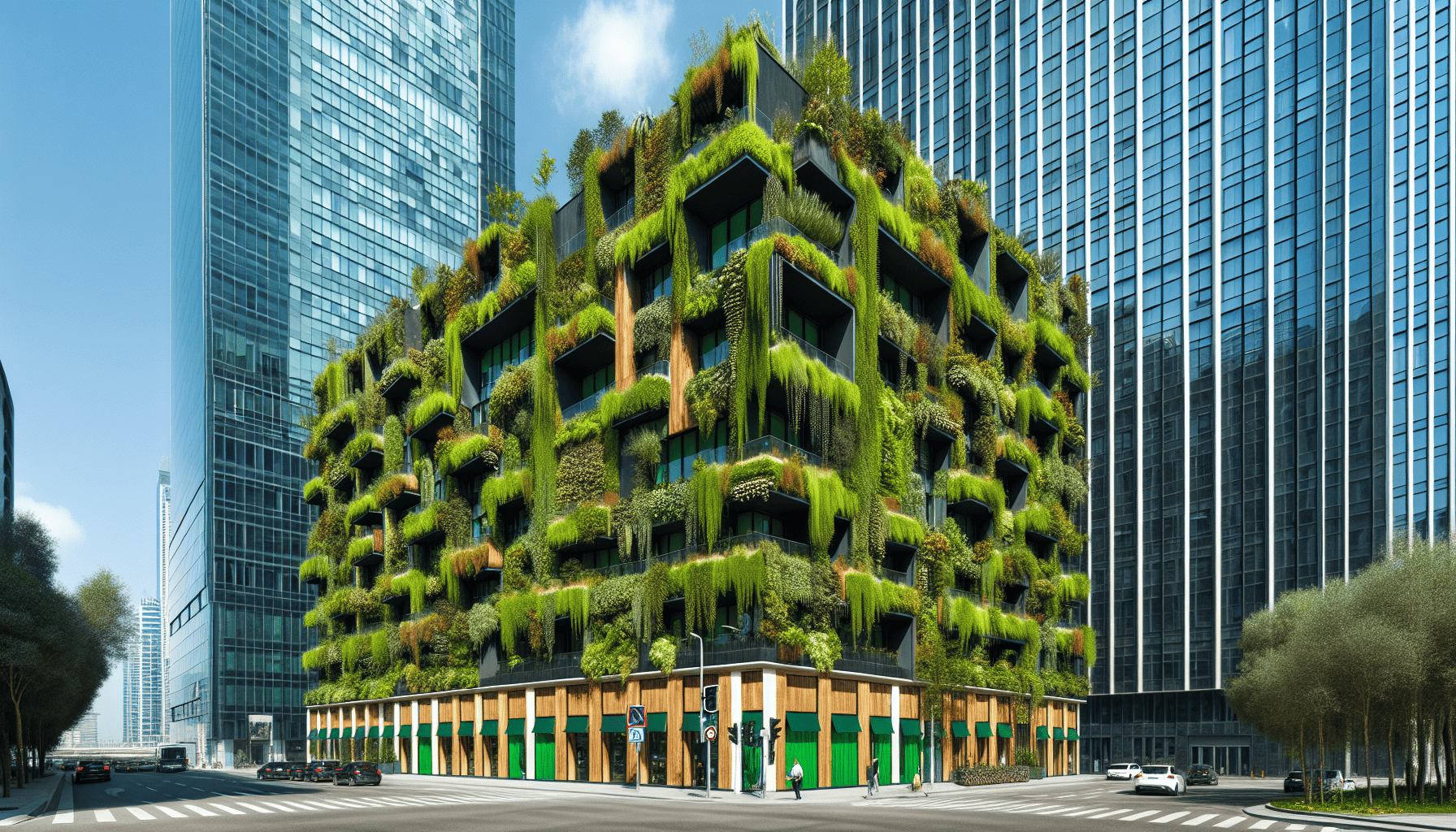In the concrete jungles of urban landscapes, where space is often a luxury and greenery a rarity, vertical gardens emerge as an innovative solution to bring nature back to cities. These lush installations transform dreary walls into vibrant living canvases, offering much more than just an aesthetic uplift.
The concept of vertical gardens, also known as living walls or green walls, involves cultivating plants on vertical surfaces. This can be achieved through various systems such as modular panels, hydroponic setups, or felt pockets, allowing for a diverse range of plant species to thrive against gravity. From skyscraper facades to small balcony walls, the adaptability of vertical gardens makes them suitable for any urban environment.
One of the most significant benefits of vertical gardens is their environmental impact. By increasing plant life within cities, these green walls help to improve air quality. Plants naturally filter pollutants and carbon dioxide, releasing oxygen and refreshing the atmosphere. This contributes to a healthier urban environment, potentially reducing respiratory issues and enhancing the overall well-being of city dwellers.
Moreover, vertical gardens help with thermal insulation, making buildings more energy-efficient. The layer of plants acts as a natural barrier to heat, keeping interiors cooler in the summer and warmer in the winter. This can lead to substantial energy savings and reduce the urban heat island effect, a common problem in densely built cities where natural landscapes are scarce.
In addition to their functional benefits, vertical gardens play a crucial role in supporting biodiversity. Urban sprawl often leads to the loss of habitats for many species, but living walls can provide new homes for various insects and birds. By introducing a range of plant species, vertical gardens can become mini-ecosystems, encouraging the presence of pollinators like bees and butterflies, which are essential for a healthy environment.
For city dwellers, vertical gardens offer an accessible way to engage with nature and enjoy the therapeutic benefits of greenery. In fast-paced urban settings, these gardens provide a moment of calm and tranquility, helping to alleviate stress and foster a connection with the natural world. This is particularly important as studies have shown that exposure to green spaces can significantly improve mental health and cognitive function.
The implementation of vertical gardens in urban planning also supports the idea of sustainable living. As cities grow and space becomes more constrained, these gardens offer an innovative way to integrate the natural world into our daily lives without requiring additional land. They serve as a reminder that nature and urban living are not mutually exclusive but can coexist harmoniously, bringing beauty and life to even the most industrial environments.
As more cities recognize the value of integrating nature into their architecture, the popularity of vertical gardens continues to grow. They serve as a beacon of hope for future urban development, emphasizing the importance of sustainability and the need for green spaces in densely populated areas.
In conclusion, vertical gardens are much more than a decorative element; they are a transformative force in the urban landscape. By bringing nature into the city, they offer ecological, economic, and psychological benefits, creating healthier, more sustainable, and aesthetically pleasing environments. As we look towards the future of urban living, vertical gardens represent a step towards a greener, more balanced coexistence with the natural world.
